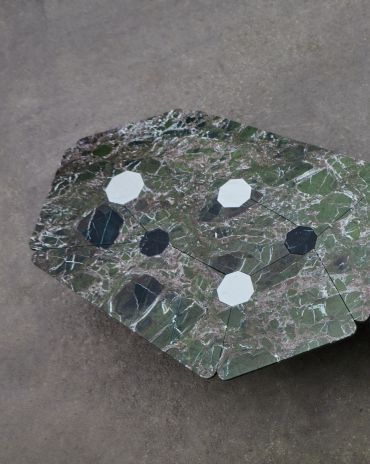Copyright © 2025 Motivate Media Group. All rights reserved.
Foster + Partners unveils plans for The Red Sea Project’s main hub Shurayrah
The architectural approach aims to preserve the island's natural environment
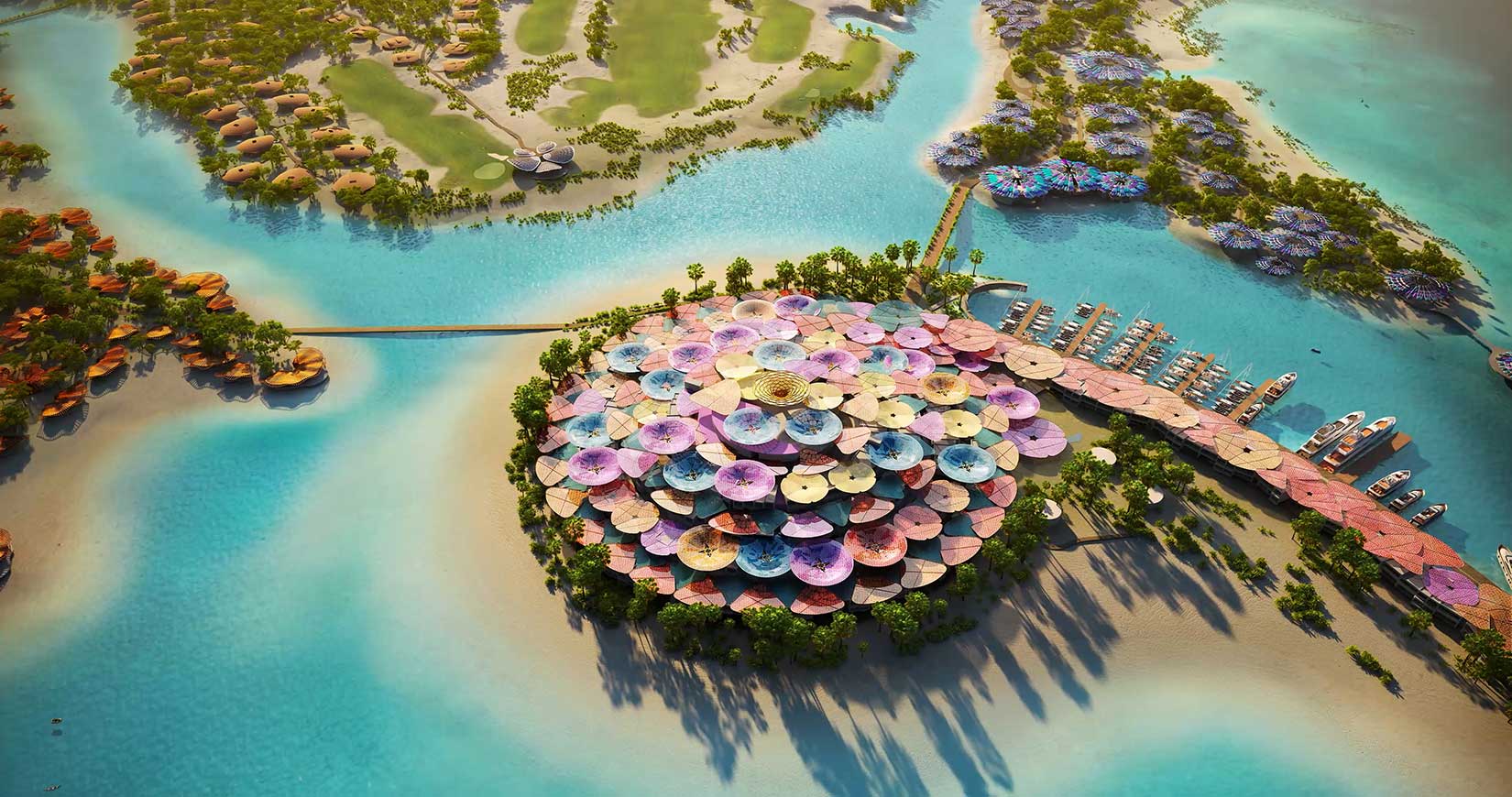
Along Saudi Arabia’s west coast of vast archipelago, consisting of more than 90 pristine islands, is what will soon become The Red Sea Project – one of the Kingdom’s most ambitious projects that aims to establish the country as a leader in regenerative tourism. The project is set to feature sustainable design solutions and infrastructure, using renewable energy to power the entire destination, underpinned by the largest battery storage system in the world. The Red Sea Development Company (TRSDC) has also committed to deliver a 30 percent net conservation benefit by 2040.
UK architecture giant Foster + Partners is behind the development’s ‘Coral Bloom’ concept that is inspired by the Kingdom’s distinct flora and fauna and aims to blend with the island’s natural environment. The concept will extend the overall vision for TRSDC, including its recently unveiled main hub island of Shurayrah.
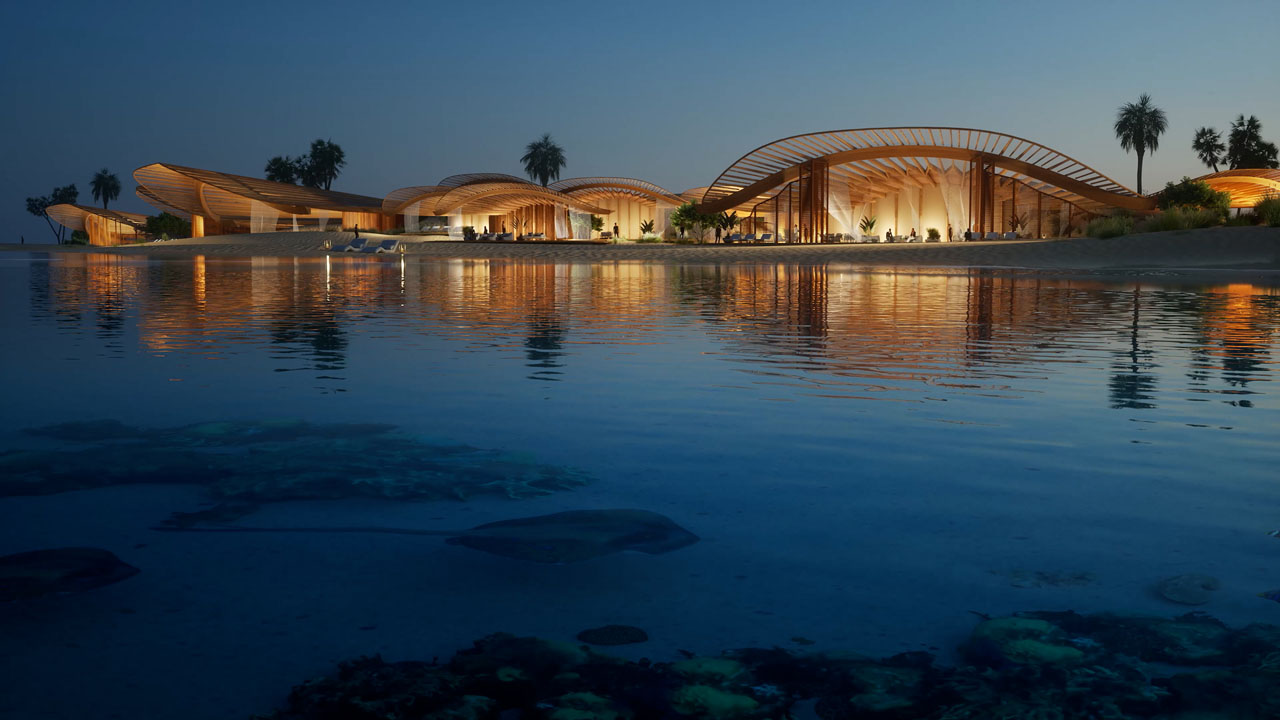
“Shurayrah Island is the gateway to The Red Sea Project – so it’s important that it sets the standard in ground-breaking architecture and sustainable design, not just for our destination but globally too. This is achieved by going beyond simply protecting the environment, to applying a regenerative approach,” says John Pagano, CEO of TRSDC.
The plan sets biodiversity considerations at the forefront of the design concept, with plans to avoid disruption of the island’s natural resources, including its mangroves and other such habitats, and provide natural defences from erosion. Plans also include creating new habitats through landscaping that will further enhance the island’s natural environment. The proposal outlines designs for 11 luxury hotels that are immersed into the landscape, allowing the island’s natural beauty to reign supreme.
Read more: Foster + Partners designs mirage-like airport for AMAALA in Saudi Arabia
The island’s natural landscape will be used to dramatic effect, with all hotels and villas nestled within the landscape where the absence of high-rise buildings ensures spectacular vistas remain uninhibited; all the while creating a sense of mystery for guests as the island slowly reveals itself.

“Our vision for Shurayrah is inspired by the island’s natural state, with the hotels designed to give the impression that they have washed up on the beaches and nestled among the dunes, almost like driftwood. The materials we use and the low impact they have ensures that the pristine environment is protected, while the additions we make to the island serve to enhance what is already there – hence the name, Coral Bloom,” explains Gerard Evenden, Head of Studio at Foster + Partners
The design has also taken into consideration changing traveller demands in response to the coronavirus pandemic. For example, there will be no internal corridors, in line with travellers’ requests for larger spaces and areas for seclusion.
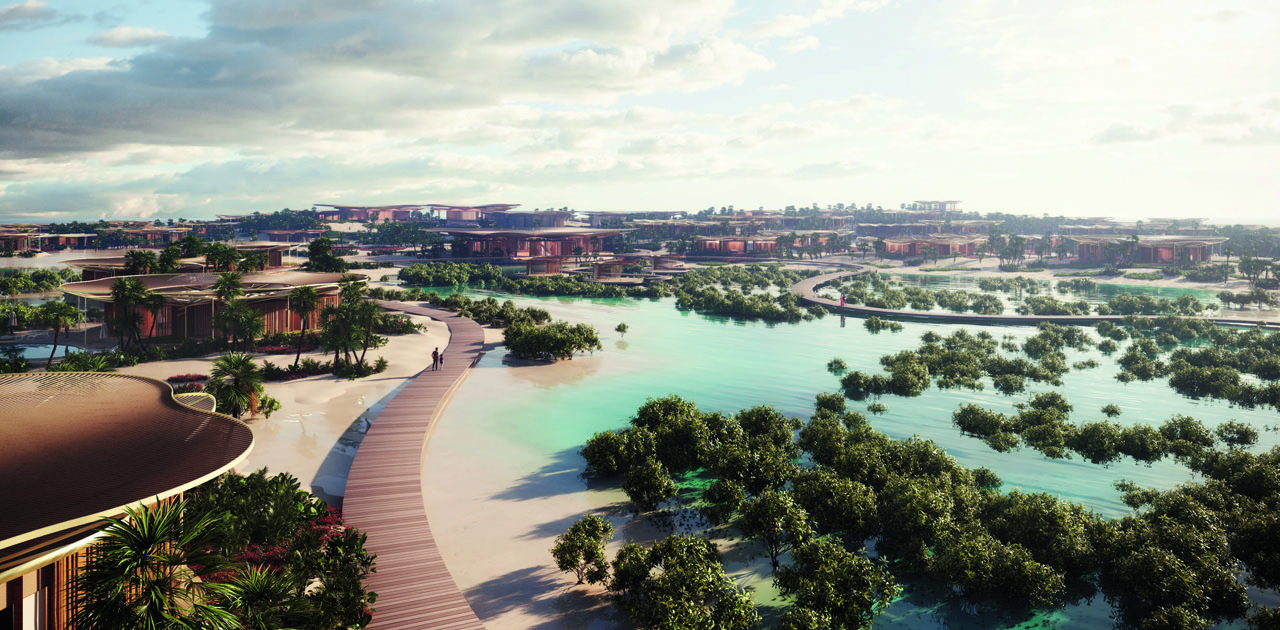
New beaches will also be created on the dolphin-shaped island, along with a new lagoon, all contributing to raising the level of the land to provide a defensive layer from the global threat of rising sea levels. The resorts themselves will be created using lightweight materials with a low thermal mass which are manufactured offsite, resulting in more energy-efficient construction and less impact on the environment.
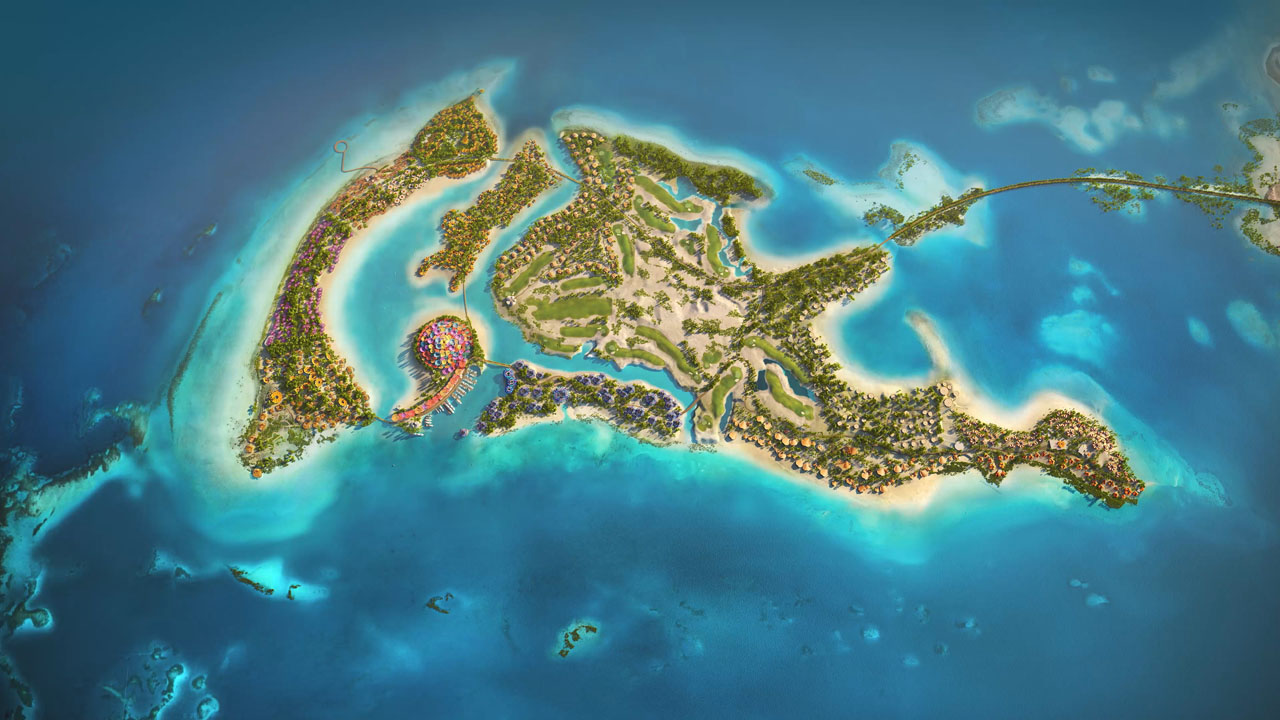
Shurayrah is one of 22 islands selected for development and is currently on track to welcome its first guests by the end of 2022, in line with the opening of its international airport and first four hotels. The remaining 12 hotels in phase one of The Red Sea Project are set to open in the following year.
The Latest
A Modern Haven
Sophie Paterson Interiors brings a refined, contemporary sensibility to a family home in Oman, blending soft luxury with subtle nods to local heritage
Past Reveals Future
Maison&Objet Paris returns from 15 to 19 January 2026 under the banner of excellence and savoir-faire
Sensory Design
Designed by Wangan Studio, this avant-garde space, dedicated to care, feels like a contemporary art gallery
Winner’s Panel with IF Hub
identity gathered for a conversation on 'The Art of Design - Curation and Storytelling'.
Building Spaces That Endure
identity hosted a panel in collaboration with GROHE.
Asterite by Roula Salamoun
Capturing a moment of natural order, Asterite gathers elemental fragments into a grounded formation.
Maison Aimée Opens Its New Flagship Showroom
The Dubai-based design house opens its new showroom at the Kia building in Al Quoz.
Crafting Heritage: David and Nicolas on Abu Dhabi’s Equestrian Spaces
Inside the philosophy, collaboration, and vision behind the Equestrian Library and Saddle Workshop.
Contemporary Sensibilities, Historical Context
Mario Tsai takes us behind the making of his iconic piece – the Pagoda
Nebras Aljoaib Unveils a Passage Between Light and Stone
Between raw stone and responsive light, Riyadh steps into a space shaped by memory and momentum.
Reviving Heritage
Qasr Bin Kadsa in Baljurashi, Al-Baha, Saudi Arabia will be restored and reimagined as a boutique heritage hotel
Alserkal x Design Miami: A Cultural Bridge for Collectible Design
Alserkal and Design Miami announce one of a kind collaboration.










